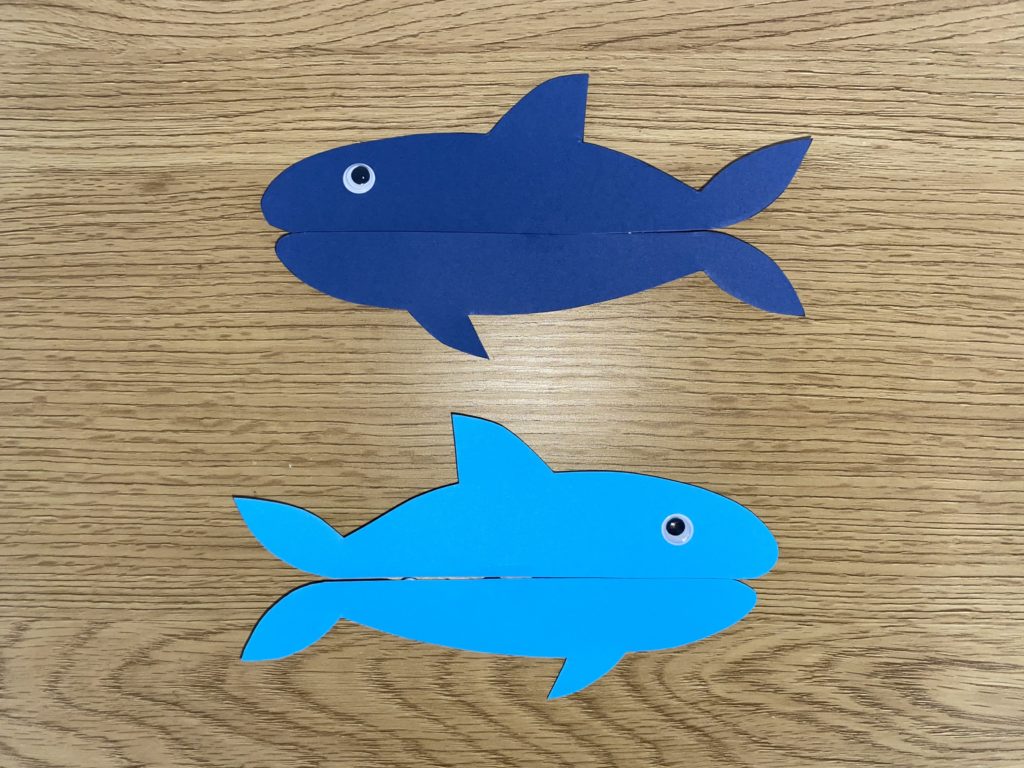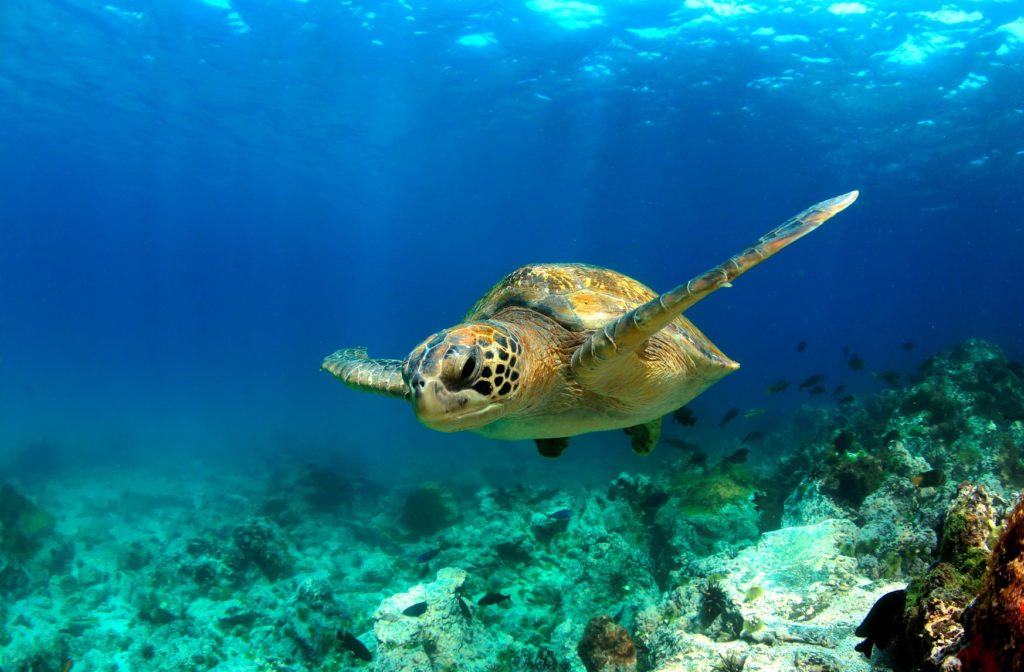
Top 10 Amazing Shark Facts
Top 10 Amazing Shark Facts
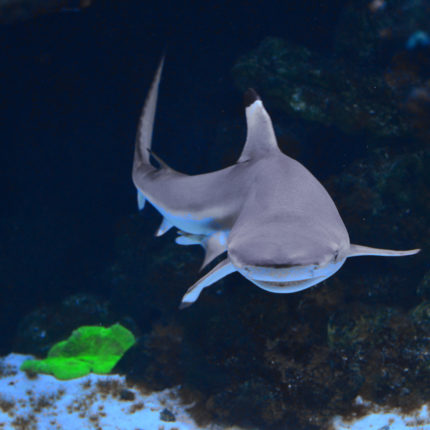
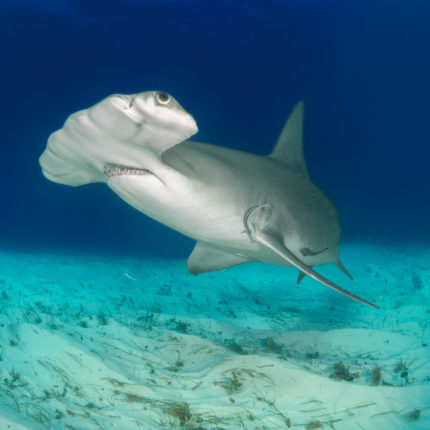
Sharks may look smooth and sleek but closeup they are anything but! The skin of these majestic beast feels exactly like sandpaper! The reason behind that is its skin is interestingly made up of small teeth-like structures called placoid scales. Shark skin is made up of millions of tiny scales, called “dermal denticles”, which are actually modified teeth! Their hard coating of smooth enamel and the orientation of it from nose to tail, reduces drag for faster and easier swimming.
Hammerhead sharks are one of the most distinctive species of sharks due to their curiously shaped heads. The positioning of their eyes, on mounted high on their ‘hammer’ like heads, allows a 360-degree in the vertical plane! This means Hammerhead sharks can see above and below them at all times. Imagine a Hammerhead as a parent!
Are you competitive with your siblings? Sharks are aggressive and competitive even before they are born! Shark embryos are well known for fighting with each other. Shark embryos cannibalize their littermates in the womb, with the largest embryo eating all but one of its remaining siblings. Researchers have discovered it is part of a struggle for paternity in utero, where babies of different (shark) fathers compete to be born.

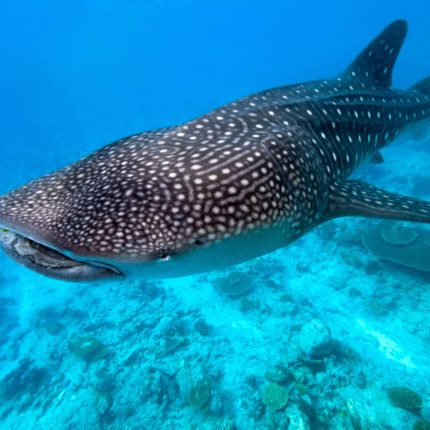
Cookiecutter sharks grow to less than 2 feet but have the largest teeth-relative-to-body size of any shark species. Why? Because they grab a bite on the go! Cookiecutter sharks specialize in taking circular chunks out of living prey – really living up to their cookie-cutter name. The shark accomplishes this feat through its unique mouth. It swims up to a potential victim and latches on like a sucker forming a tight seal. Then its huge bottom teeth sink into the flesh while it twists its body to make a circular cut! You can tell a former victim that escaped from the tell-tale circular scar left behind on everything from tuna to whales, seals and even other shark species! Good thing they don’t go in for a dozen.
One shark species famous for its eating habits is the Great White! This powerful predator is perfectly evolved to hunt down large prey. What many don’t know is that these sharks can go as long as three full months without eating. How do they do it? Thanks to oil stored in their livers. Having plenty of oil stored in their liver helps during long migration journeys through areas of ocean where food might be scarce. Perhaps the Great White invented intermittent fasting…
Yes, you read that correctly! Not only can whale sharks protect their eyes by retracting these tiny teeth, they are also surrounded by hundreds of dermal denticles — also known as placoid scales. These tiny structures resemble teeth and are made from bony tissue and an enamel-like material, both of which act to shield the animal’s eyes from threats to their vision. A very necessary defense as these incredible sharks can live to up to 130 years old.
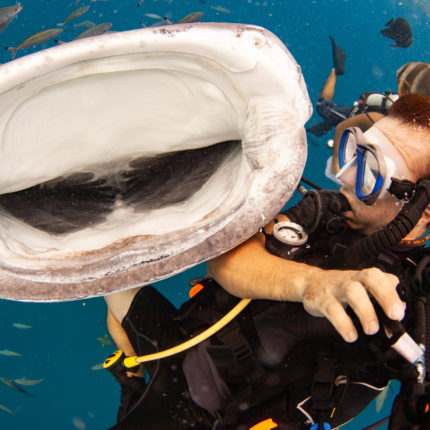
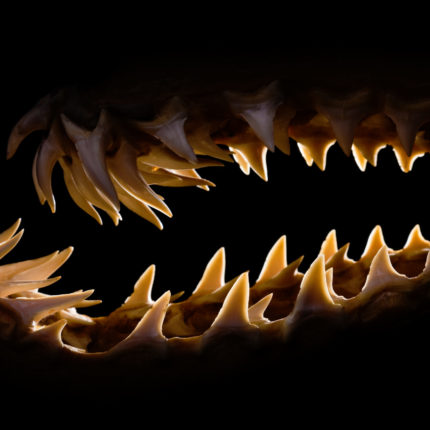
True. Sharks have been around for over 400 million years! They are in the top ten oldest remaining species on planet earth. The type of shark with the longest average life span is the Greenland Shark. It is estimated to have a life expectancy from 250-500 years. Remarkably, we can gage the age of a shark by counting the rings on their vertebrae, much in the same way that we can tell the age of a tree by counting the rings within the trunk.
Say what?! It’s true! The Bamboo Shark has four fins that it uses to move along the seafloor. That’s why it is commonly known as the longtail carpet shark! These slow-moving bottom dwellers are very rare and can be found in the coral reefs of the Pacific Ocean
If most sharks look like they have an overbite – it is understandable seeing as at any given time they have as many as 7 rows and upwards of 45-300 teeth in various stages of growth. Unlike human teeth, shark teeth fall out easily. During a life span a shark may have anywhere from 30,000 to 50,000 teeth. Really puts that shark tooth necklace in perspective!
Talk about a glow-up! We will keep it real with you – the Lantern Shark might not be the cutest of the sharks but it does hold one pretty spectacular talent. Bio-luminescence! Bio-luminescence is something that many undersea animals use and can serve different purposes. For Lantern Sharks they use this ability to attract other creatures toward them, either to prey or to mate. Hard to know if that illuminating Lantern Shark is in love or just hangry.
